Roger also lists the top 10 sparkling wines from a massive blind tasting held in Cape Town.
I have always been in love with sparkling wine whether it was drinking Dom Perignon at the local Indian restaurant in Chiswick on a Saturday night after playing rugby in the early 1990s or the introduction to Australian sparkling wine in the 2000s or, more recently, the MCC wines of South Africa.
It’s been fascinating evolving with the English and Welsh wine industry and seeing how quickly quality and development has occurred; you know you are doing a great job when the French start investing in “England’s green & pleasant land.”
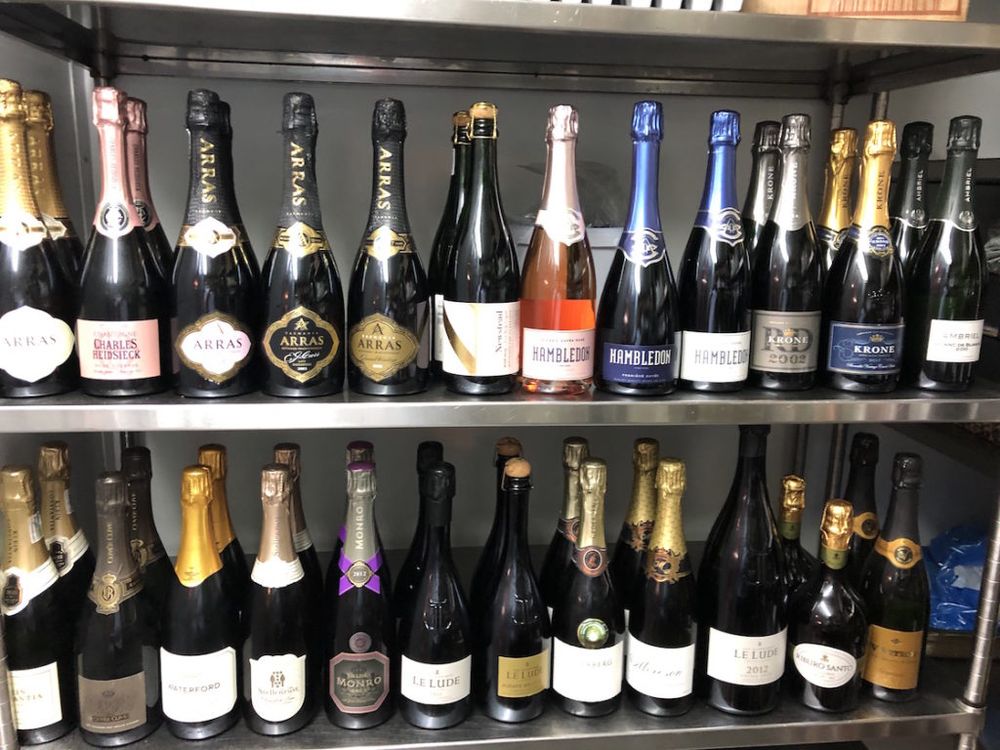
Line-up of sparkling wine that is served blind at one of Roger Jones’ events
I often host blind tastings of ‘Sparkling wines’, and it is fascinating to see so many people simply converted once the labels have been disclosed. The French, especially in Champagne, do us a great favour by often releasing their wines too early giving the competition a head start. The GB home market has, due to lack of back vintage stock, been forced to release Vintage as opposed to Non Vintage – again this is an added bonus.
I find the terminology Non Vintage a negative where, in fact, it is a blend of many vintages and this should be celebrated as opposed to adding the negative “Non” before the positive “Vintage” word. But you can’t tell the French to suck eggs, I just hope that the GB market don’t start using the term Non Vintage Sparkling but come up with something more positive like Multi Vintage.
I would add here that Non Vintage Champagne improves immensely with time, and it was a well known fact that at the Annual Champagne Bureau Tasting hosted at One George Street that many bottles of Non Vintage Champagne looked distinctively old, and tasted superb – now with disgorgement dates on most bottles this is harder to get away with.
Prestige Australian sparkling (especially from Tasmania) has certainly benefited from the productive pricing of GB sparkling wine and, where once they seemed expensive, are now in line and it seems that sales to the UK are up. Jansz offers exceptional value and quality, to me the best value sparkling wine in the world, whilst Clover, Arras, Chandon, Stefano Lubiana and Taltarni all offer great quality.
New Zealand is also quietly, albeit on a smaller scale, making some exceptional wines including the ones from the No1 Family Estate, made by Le Brun family, who were originally from Champagne, but since 1980 have been producing world class sparkling in Marlborough, South Island. Also of note in New Zealand is Nautilus Estate, especially the Late Disgorged.
France outside Champagne has gradually upped its game, although the UK market will never be huge for Cremant, it is certainly growing and the value one can get from Alsace and Loire is excellent. The added bonus of Cremant is that grapes not traditionally used in Champagne production can be used, such as Pinot Blanc, Riesling and Pinot Gris, giving a fresher and sometimes more vibrant taste.
Spain and Cava sadly are still hit by the general public thinking it’s similar to Prosecco, and we also rarely see the great, aged Cavas in the UK.
Touring the globe and hosting sparkling wine tastings brings up many interesting points, with tasting in the sunshine a huge bonus; it is also important to showcase these wines blind as often the ‘home crowd’ votes for its team.
Over the last six years I have hosted a Sparkling Sunday in both Cape Town and Little Bedwyn every year. What is clear from these events is that the non-Champagne wines are doing better year on year. When it comes to the very best, however, in the Prestige level the French still have the golden ticket with their Champagne.
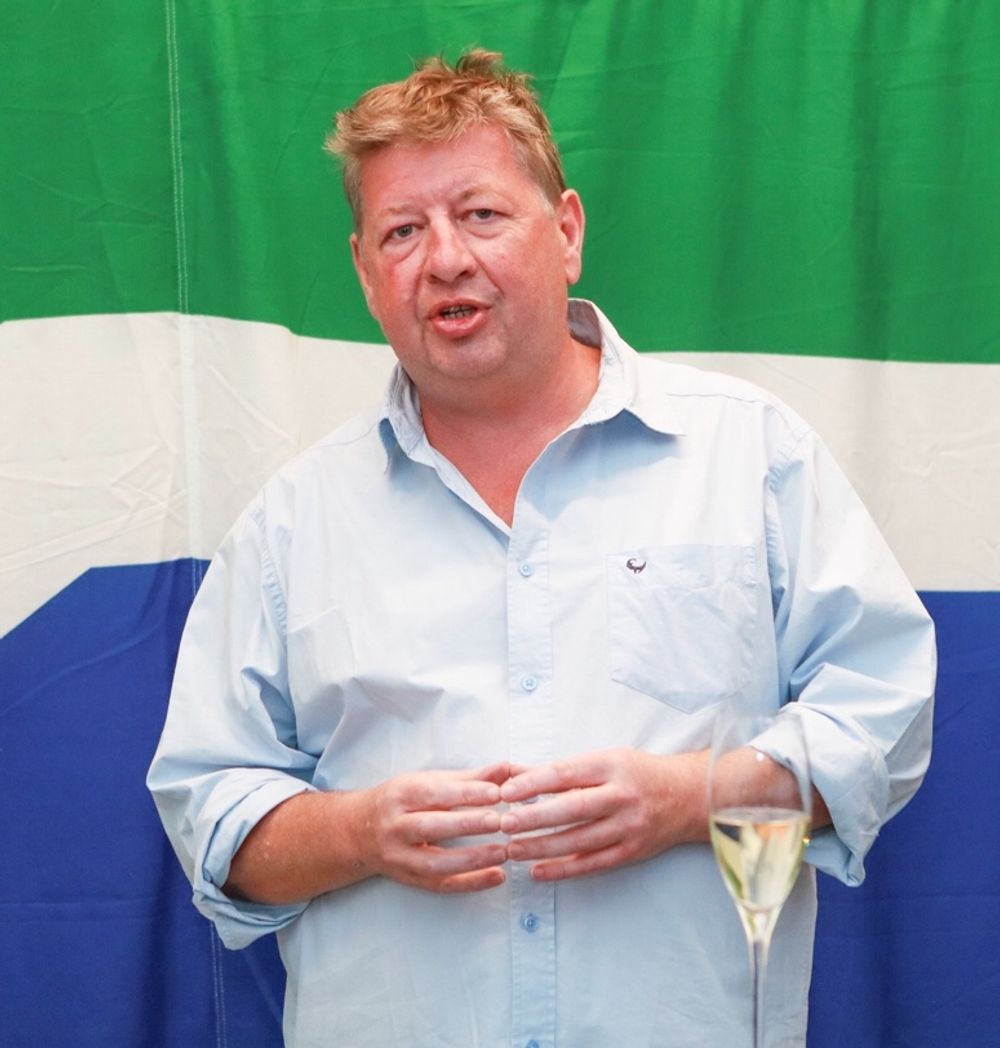
This January, at The Vineyard Hotel in Cape Town, an invited guest list of winemakers, journalists and international guests were invited to taste over 60 sparkling wines. Here I list the top 10 wines.
Arras Rose 2006, Tasmania, Australia
Arras 2008, Tasmania, Australia
Arras 2003, Tasmania, Australia
Ambriel Blanc de Blancs 2010, West Sussex, England
Hambledon Classic Cuvee, Hampshire, England
Avondale 2011, Paarl, South Africa
Graham Beck Brut Zero, Robertson, South Africa
Graham Beck Cuvee Clive, Robertson, South Africa
Le Lude Reserve Brut, Franschoek, South Africa
Villiera Munro 2012, Stellenbosch, South Africa
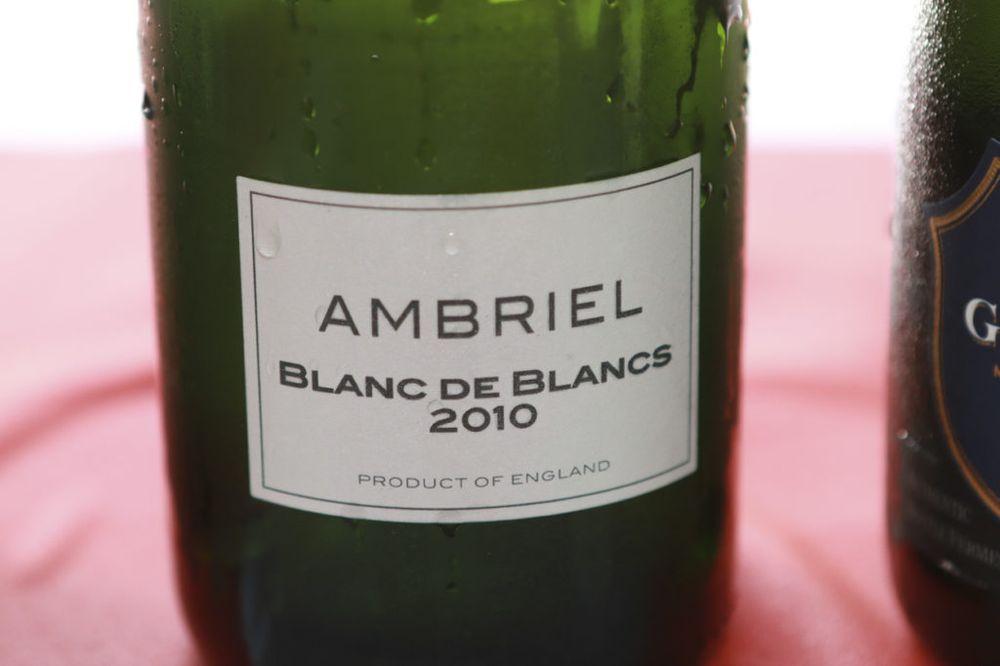
The Ambriel Blanc de Blancs 2010 was a showstopper with not only the story how this boutique vineyard a short gallop across the fields from Nyetimber, was established by ex QC Wendy Outhwaite and husband Charles, but the sheer quality. This was held back for seven years before release; citrus and focused, delicate toast, complex, spiced, lovely acidity and crunchy russet apples, a stunner.
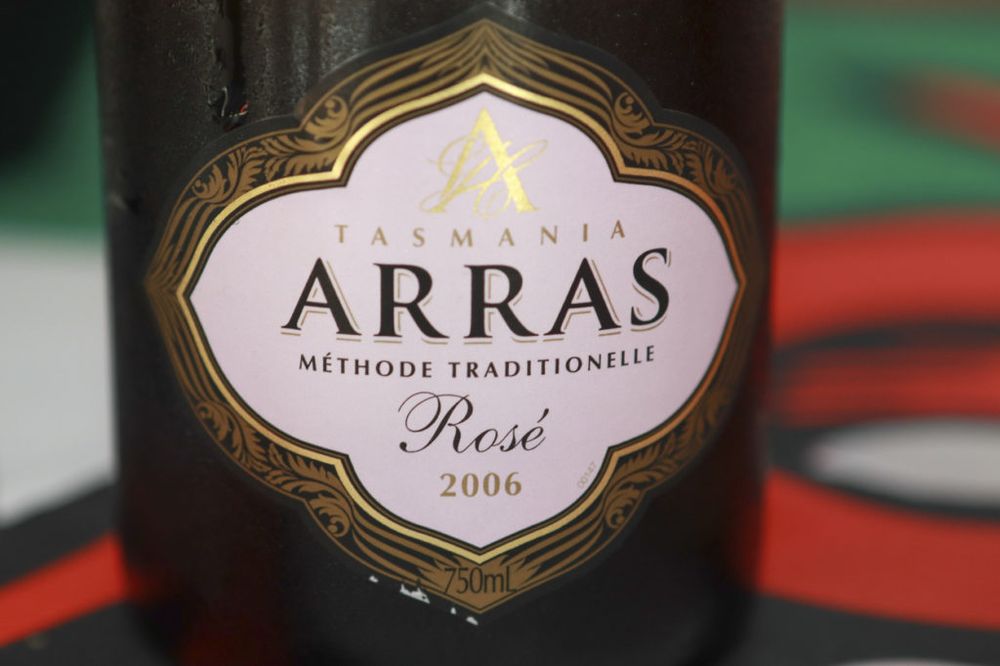
Arras, these guys have been leading the New World sparkling campaign for many years under the guidance of Ed Carr, to me the nearest to the traditional aged Krugist style of Champagne. Their wines seem to be loved everywhere we showcase them.
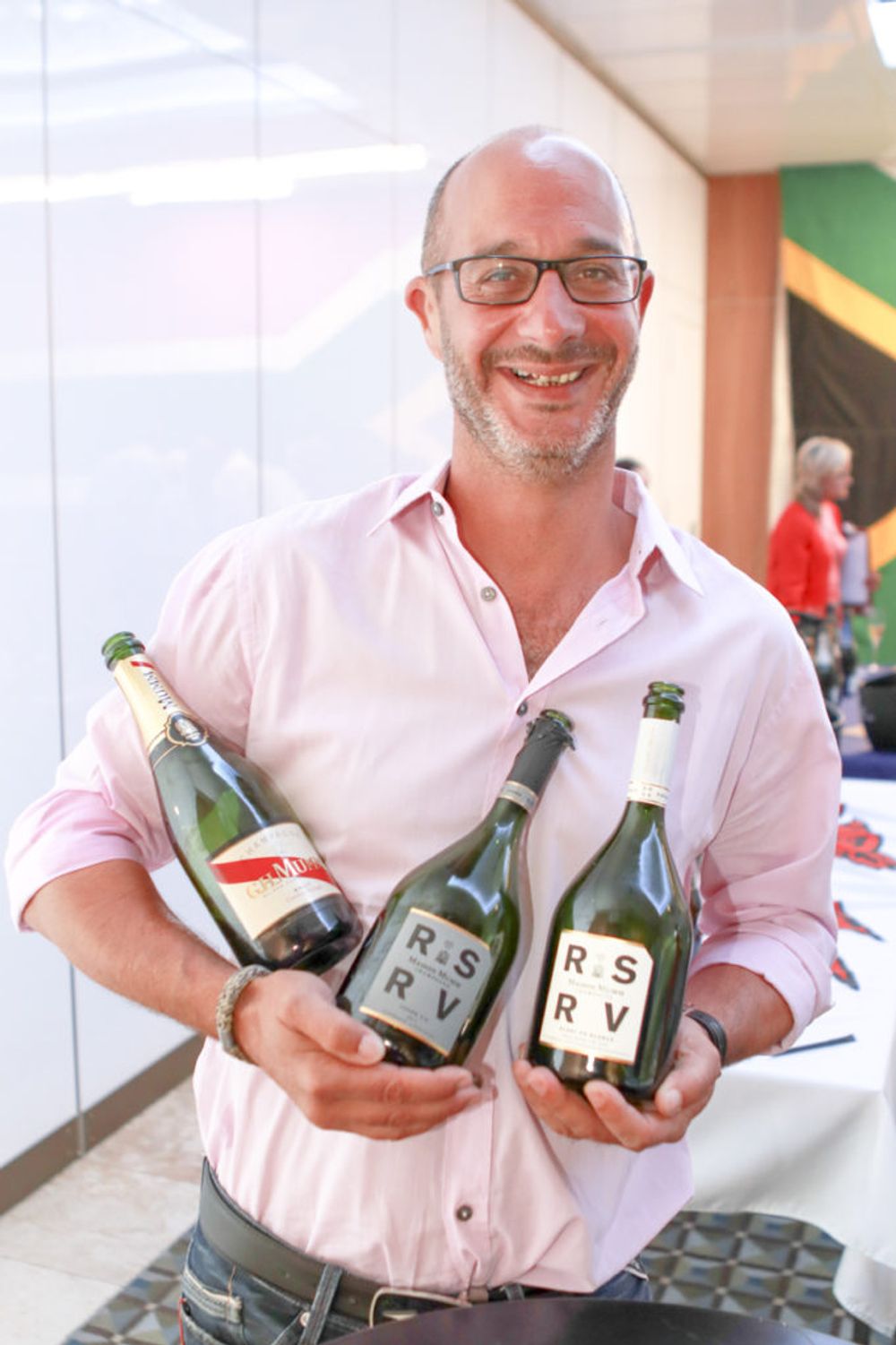
No Champagnes got into the top 10 although there were plenty of entries including Charles Heidsieck and Mumm RSRV, last year we included Krug 1996 in the line-up which did exceptionally well, as did Taittinger.
We have showcased South African MCC for many years and, despite their wines doing so well in blind tastings, there seems at least in the UK a tendency to buy homegrown fizz rather than go for the great value ones from South Africa. We have seen a huge growth in prestige wines from South Africa but the ‘Bubble’ has not yet been released when it comes to MCC and that is despite the huge amount of work that the Sparkling Wine industry is putting into it back in South Africa. Clearly one of the issues was the pricing with its value similar to Prosecco giving off the wrong vibe. But I suppose we cannot really complain if us Brits are buying our own fizz.
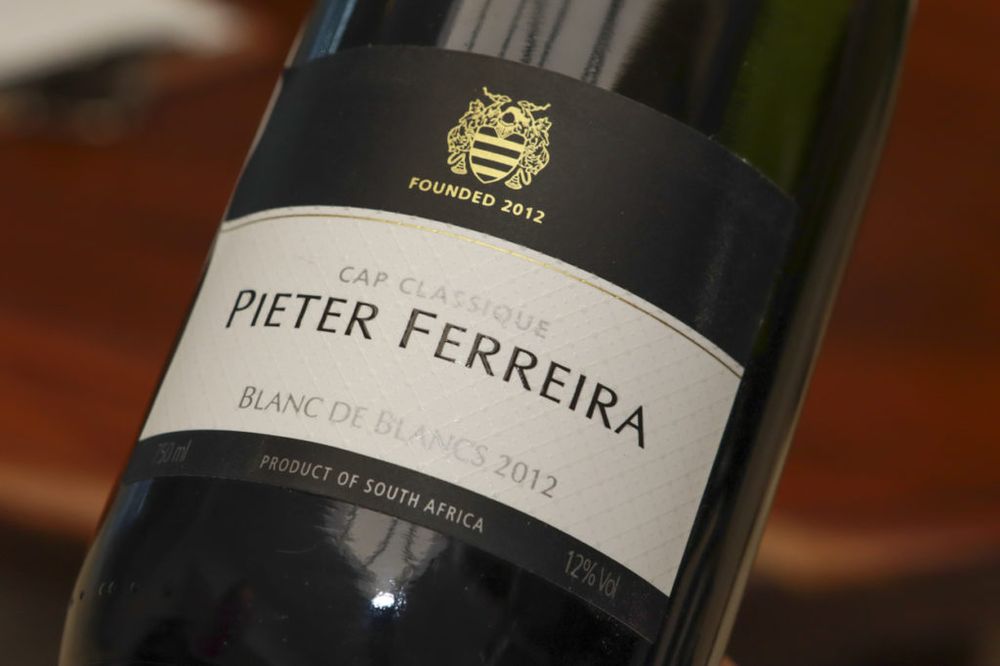
Pieter “Bubbles” Ferreira, who is South Africa’s unofficial ‘global president’ for MCC continues to travel the world promoting South Africa sparkling and has recently launched his own label, with the first release being Pieter Ferreira 2012 Blanc de Blancs. However, his Cuvee Clive under the Graham Beck label for me showcases a world class sparkling that delivers every time, continues to shine at every tasting that I place it in – pretty perfect wine.
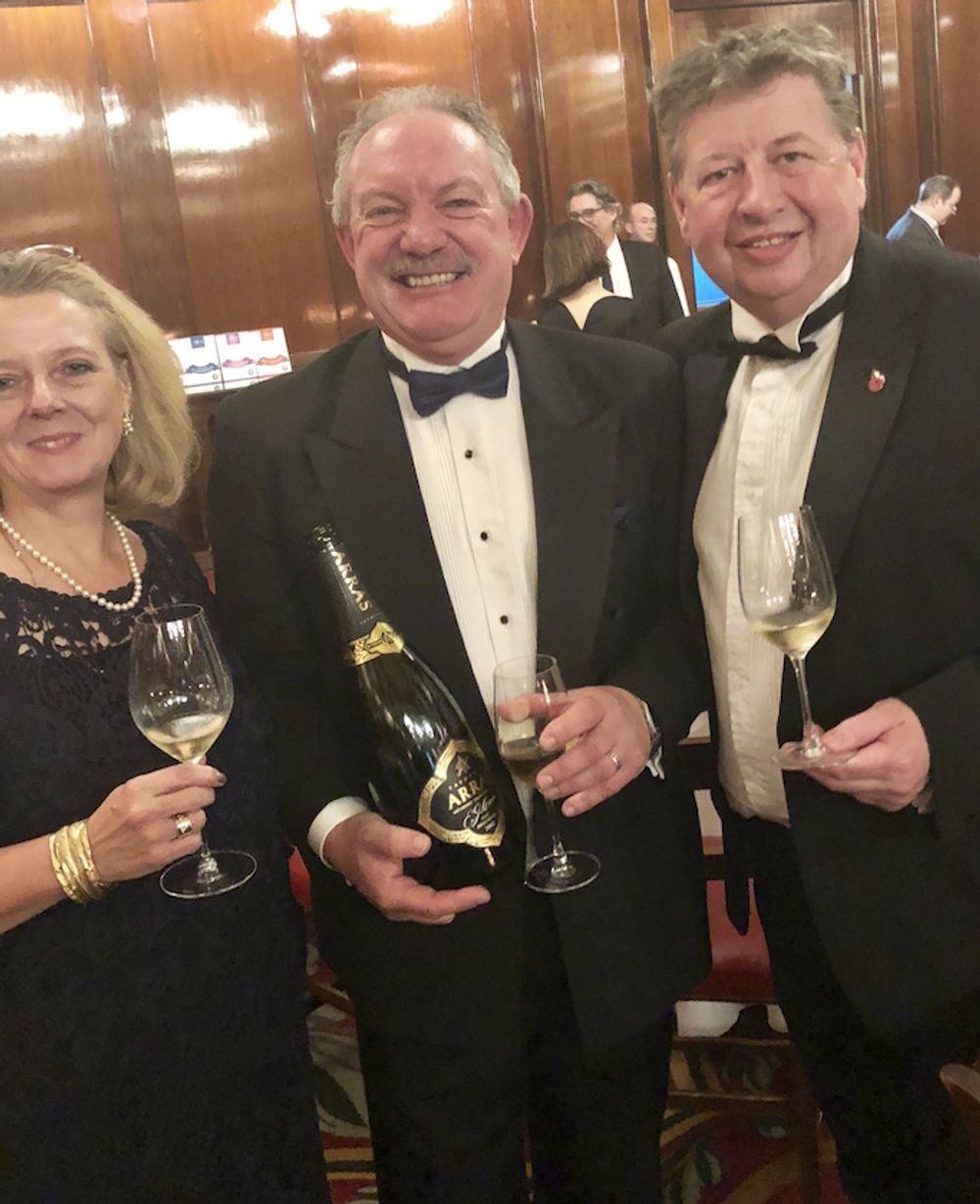
Going back to The Champagne and Sparkling Wine World Championships
This year we have seen a marked increase of entries from Canada, together with entries from countries that we would not normally link with sparkling wine such as the Czech Republic, India, Slovenia, China, Bulgaria as well as the ‘usual suspects’, so this ‘sparkling revolution’ is growing across the globe.
The closing date to enter www.champagnesparklingwwc.com is 30thMarch. It is judged exclusively by renowned fizz experts Tom Stevenson, Essi Avellan MW and Dr Tony Jordan, together with permanent reserve judge George Márkus. There is no other fizz competition as tough, nor can match the consistency and accuracy of judging.
“Open to effervescing quality wines of every style produced anywhere on the planet, all wines entered into the CSWWC are judged blind and evaluated strictly within the context of their origin and style. Although the judges will categorise the wines as Gold, Silver, Bronze, Commended, and No Award, we select and publish only the very best as winners, rejecting Bronze and lower awards (Silver and below for Deluxe Champagnes).”









































